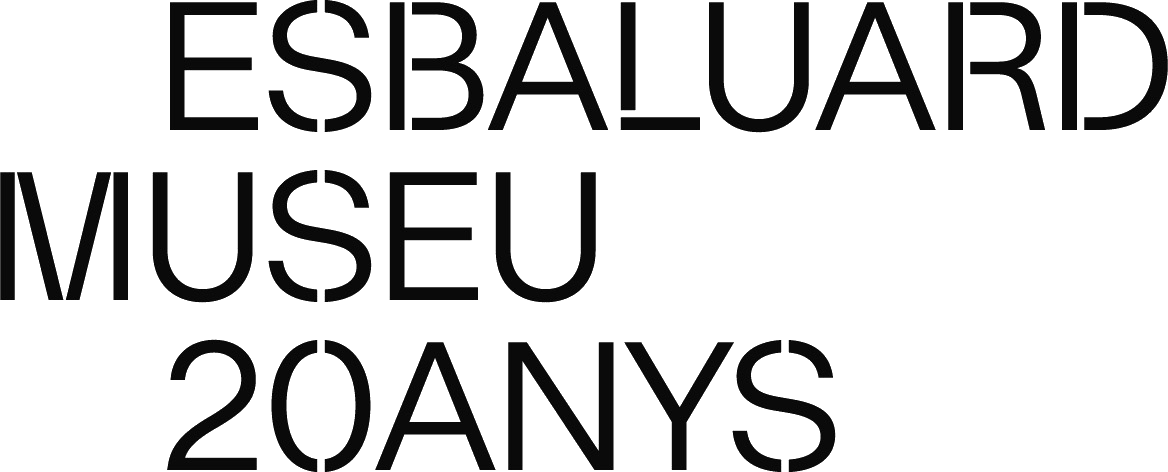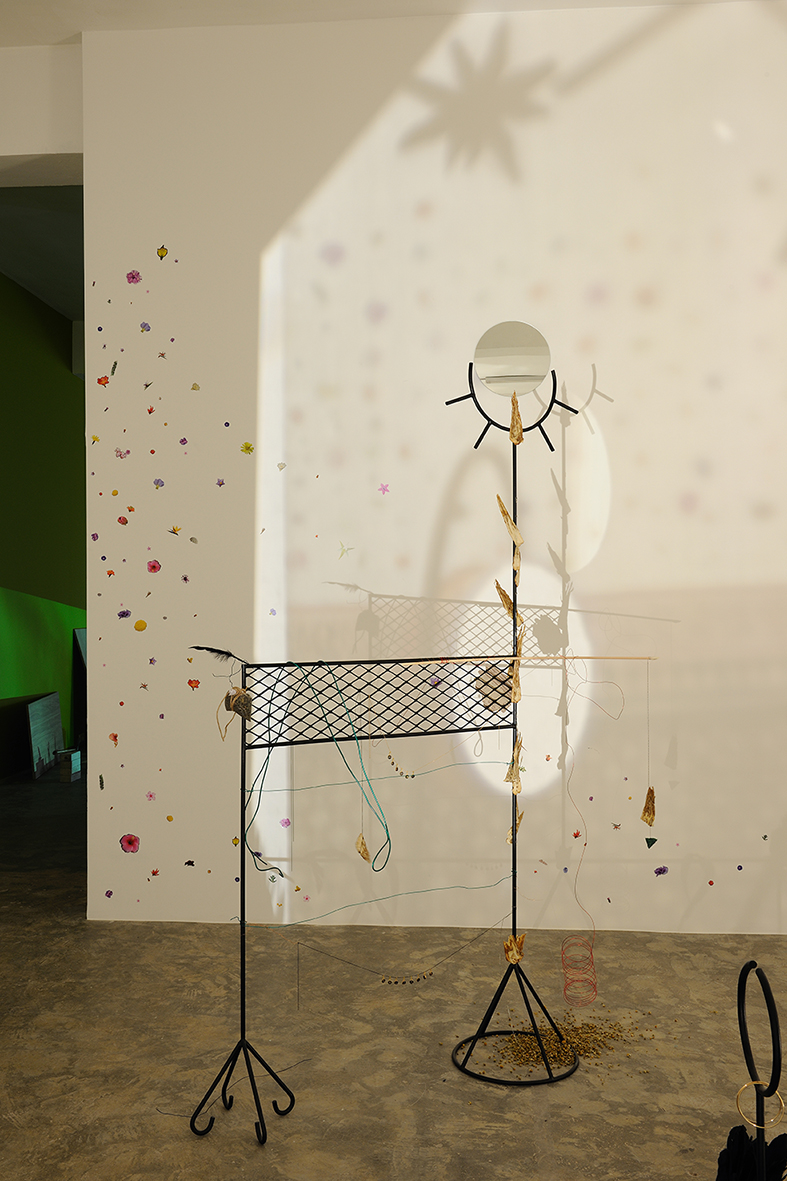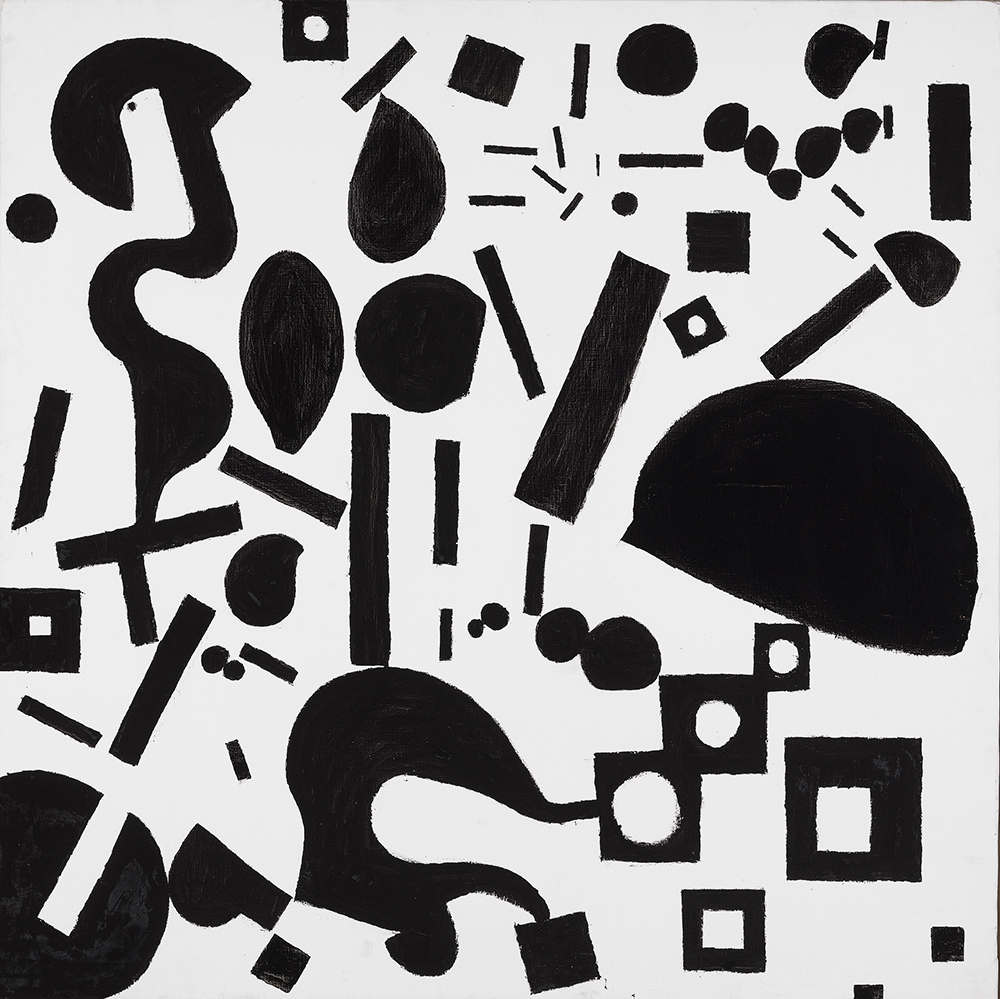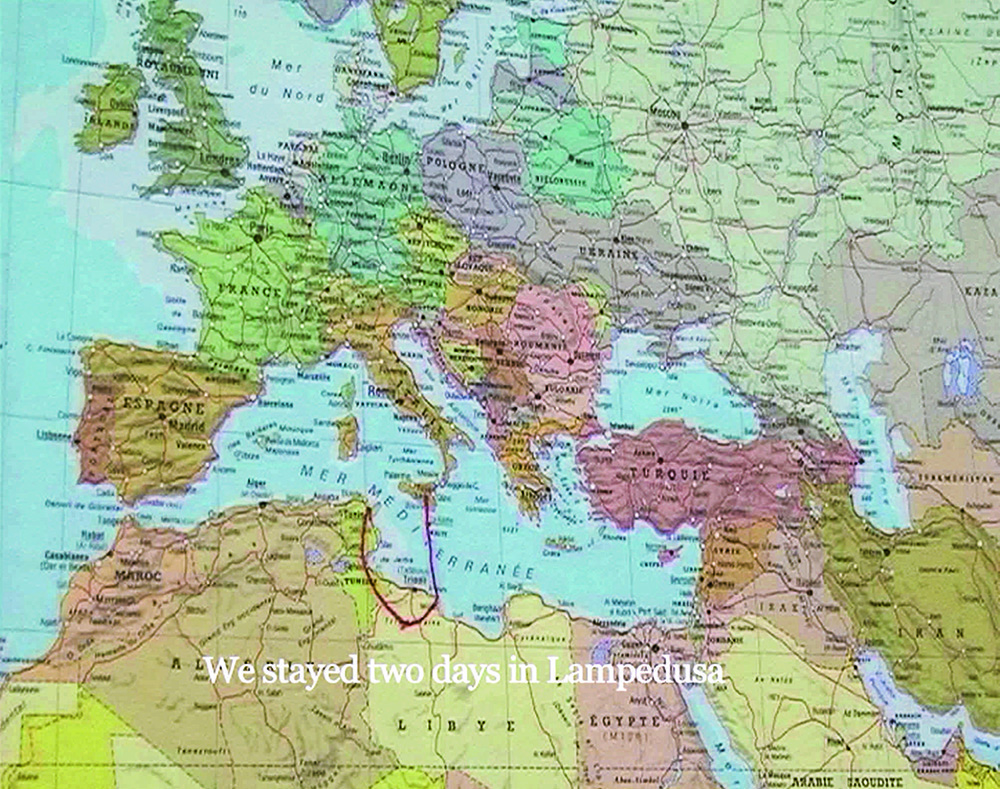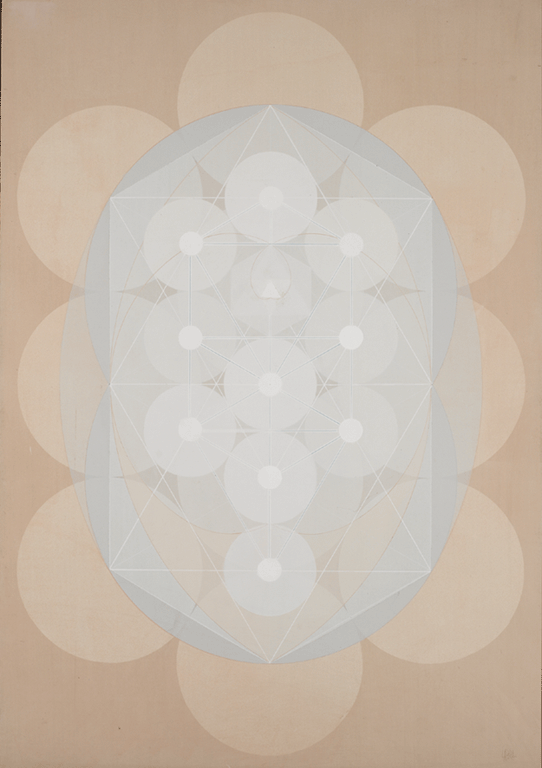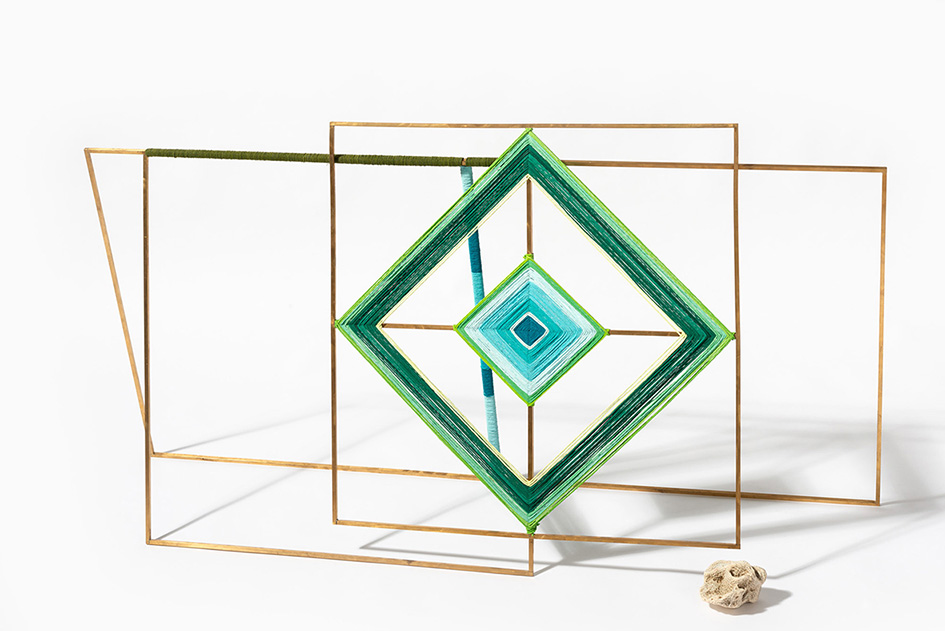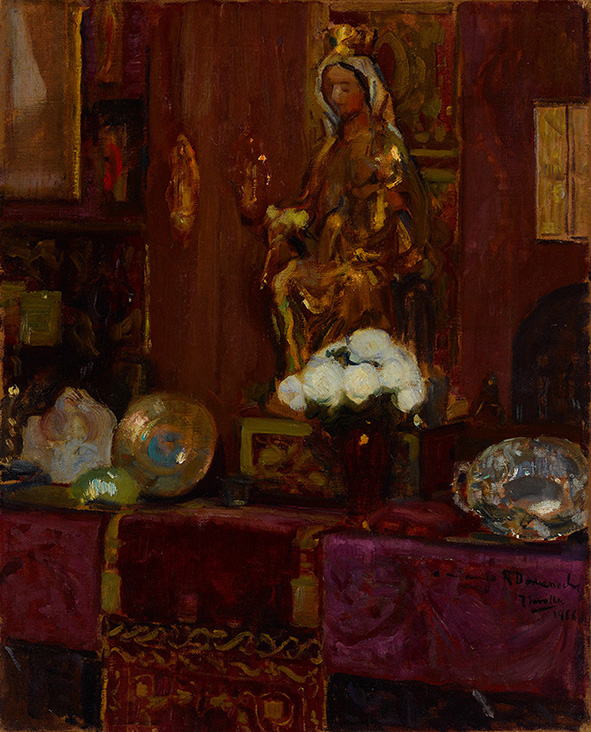 Cresques, Abraham, World map, 1375. Facsimile, 1983 (detail) 66 x 50 cm. Biblioteca Nacional de España. Photograph: Images from the collections of the Biblioteca Nacional de España
Cresques, Abraham, World map, 1375. Facsimile, 1983 (detail) 66 x 50 cm. Biblioteca Nacional de España. Photograph: Images from the collections of the Biblioteca Nacional de EspañaAimless.
Confronting Imago Mundi
Taking Cresques Abraham’s Atlas (1375) as a starting point, Es Baluard Museu presents a new interpretation of its Collection, whose line of research is the representation and projection of the world in its contemporaneity. From the interest in recovering the medieval legacy and putting the emphasis on being able to imagine the world, as the cartographers did, it has been proposed to the curator Agustin Pérez Rubio to carry out a contemporary reading of what it means to imagine the world today. What happens out of this Imago Mundi?
This new interpretation of the Es Baluard Collection, enhanced by loans from private collections from the island, is grounded in the idea of disorientation and dislocation as strategies to be deliberately adopted in the quest to dismantle the construction of the history of humanity and representations of the Imago Mundi (the Image of the World) that have come down to us. Further to this, through understanding works of art as modes of representation, it strives to halt and eradicate the perpetuation of the colonial, imperial, racist and sexist matrix of Eurocentric thought, as found in our concepts, writings and images.
Setting out on an aimless journey, we are nonetheless aware that we cannot depart without situated knowledge. We take as our example the work of Majorcan geographer Cresques Abraham and his Catalan Atlas from 1375, currently conserved in the National Library of France; this exhibition features a facsimile edition from the National Library of Spain. With this volume as the starting point, the project seeks to trace out a path that might show how since then, with the subsequent expulsion of Arabs and Jews from the islands, the conquest of the Americas and consequent new world order, and up to the Enlightenment, these facts involved pointing the ship of reason and beliefs towards a new rationality, which aligned with empiricism left behind other ways of believing and understanding the world, resulting in a single, unequivocal form. Part of this rationalism, which perpetuates our modernity as well, ends up interfering in future learning processes, as well as in ways of transmission and understanding the world we now live in.
The conscious, broken narrative of the project takes a speculative form, finding its way to facts, stories and micro-histories so as to understand changes in and questioning of our manner of seeing, narrating and representing. It thus confronts the actions and wishes of artists and potential ways of approaching works of art while likewise rejecting them (whether formally or conceptually), leading to a time-space dislocation that breaks with the rational, modernist positivism of Eurocentrism.
Over the course of this journey’s path, these strategies are more specifically expressed in the relationship between works that are brought together and allow for various stopping points amidst a diffused space: comparing forms of historical and contemporary narrative in their representations, taking illustration as the backdrop; in silenced histories that are now heard literally, or in rewriting on the basis of micro-histories; questioning value judgements on what constitutes the artistic nature of an object or work of art and its function in museums, further tied in with exploitation and violence, and, finally, in how the postulates of modernity, working in favour of supposedly humanistic progress, have obfuscated these universal social and political inequalities, which still today perpetuate the cis-heteropatriarchal colonial regime.
Fundamental strategies, here transferred into forms that artists have rejected in resisting the colonial order, which the Museum and our ways of thinking, learning, communicating and producing are grounded in. Forms of resistance, and in many cases of resilience, acting in first person, seeking to comprehend how going about aimlessly, not heading in any direction in particular, is part of a strategy for a new way of learning.
